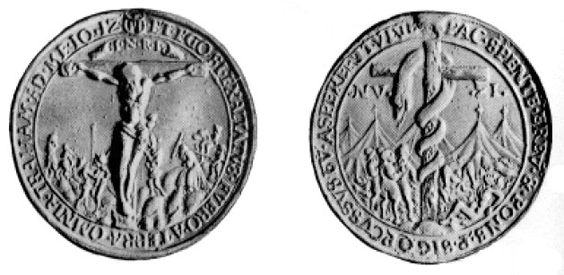What I Learned About the Etymology of the Dollar
I’ve been reading a fascinating analysis in Joseph Campbell’s Creative Mythology that juxtaposes Christian and Gnostic interpretations of the snake. I always love the striking images Campbell uses to illustrate…

